CC&R’s, short for covenants, conditions, and restrictions are basically written and recorded rules of the neighborhood or subdivision. It’s important that these rules be recorded to make them binding and enforceable. They should also conform to all laws as well as local government regulations and requirements. When it comes down to a dispute with a lot or homeowner, it’s important for the subdivision to have CC&R’s that have been written and recorded correctly.
The purpose for these restrictions is to ensure conformity in a subdivision. Most of the rules are just long winded ways of saying that you have to keep your lawn mowed and weed free. Some developments have stricter rules than others. Some require certain design aspects when constructing a new home, where you can and can’t park a trailer, and so on. For the most part however, the rules are considered to be for the good of the neighborhood.
When working with Buyers, I often have requests to spefically look at lots without these restrictions. Sometimes it’s only because they want to build a house smaller than what they assume most developments would allow. However, based on that example, there are a number of developments that require a minimum of only 900 square feet, which is pretty minimal. Some developments are even along Ski Hill Road surprisingly. When searching for a home or a piece of land based on your special needs prohibited by most restrictions, it’s important to remember that all CC&R’s are not the same. Some are only a few pages long, with very few restrictions. All of the above considered, don’t rule out being in a subdivision if you can help it. Consult with your agent, most experienced agents have an understanding of the general rules in each development. Another way to explore subdivision opportunities is to take a drive around the development. Usually, if all of the homes have trailers on the side of the house or in the driveway, trailers are allowed. If all of the homes have metal roofs, you might find out if a comp shingle roof can be used. Use caution however, this is not a guaranteed way of understanding what is or isn’t allowed.
You might ask yourself how or who to contact with some of these questions. Our brokerage can usually get you an electronic copy of the CC&Rs for free, any time. If we have it on file, we can also send you contact information for the homeowner’s association (HOA) who would ultimately be responsible for enforcing the restrictions.
To conclude, be advised that CC&R’s are not the only way to restrict uses or enforce rules with a property. Even a piece of land or a home that is not located within a subdivision can still carry deed restrictions which works similarly, though I will cover those in another Ask The Expert” column!
